Home>Technology>Home Entertainment Systems>How Did John Logie Baird Invent The Television
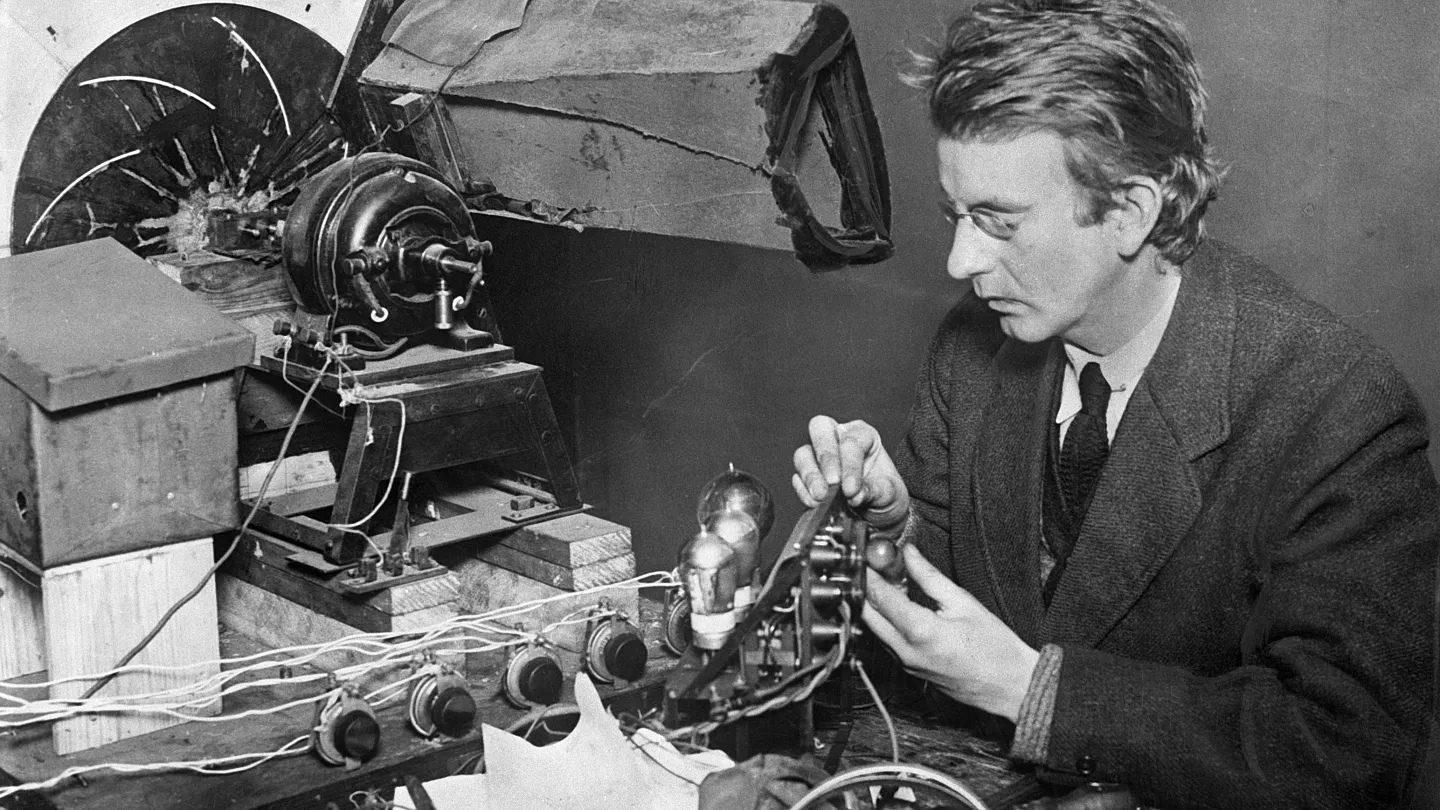

Home Entertainment Systems
How Did John Logie Baird Invent The Television
Modified: January 9, 2024
Discover the fascinating story of how John Logie Baird revolutionized home entertainment systems with his invention of the television. Explore the origins and impact of this groundbreaking technology.
(Many of the links in this article redirect to a specific reviewed product. Your purchase of these products through affiliate links helps to generate commission for Storables.com, at no extra cost. Learn more)
Introduction
At the heart of every modern home entertainment system lies a television, a device that has revolutionized the way we consume media and brought the world into our living rooms. But have you ever wondered how this incredible invention came to be? The answer lies in the ingenious mind of John Logie Baird.
John Logie Baird, a Scottish inventor, is credited with the invention of the television. Born on August 13, 1888, in Helensburgh, Scotland, Baird showed an early interest in the world of electronics and communication. His fascination with the possibility of transmitting images and sounds through wires laid the foundation for what would become one of the greatest inventions of the 20th century.
Throughout his life, Baird was driven by a relentless curiosity and determination to bring his visions to life. He embarked on a journey of experimentation and discovery that would lead to the creation of the first working television.
In this article, we will delve into the early life of John Logie Baird, explore his interest in television, examine his early experiments, discuss the invention of the mechanical television, and discover the challenges he faced along the way. We will also uncover the pivotal moment when Baird successfully demonstrated his invention and delve into the commercialization of television that followed. Finally, we will reflect on the legacy of John Logie Baird and the profound impact his invention has had on our lives.
So, let’s take a journey through time and explore the remarkable life and accomplishments of John Logie Baird, the mastermind behind the invention of the television.
Key Takeaways:
- John Logie Baird’s relentless curiosity and innovative thinking led to the invention of the mechanical television, revolutionizing the way we consume media and bringing the world into our living rooms.
- Baird’s pioneering work in television technology laid the foundation for the modern entertainment industry, inspiring generations of inventors and shaping the way we communicate, entertain, and experience the world.
Read more: How Was Television Invented
Early Life of John Logie Baird
John Logie Baird was born into a family of modest means in Helensburgh, Scotland. From a young age, he showed a natural curiosity and aptitude for all things technical. This early fascination with electronics would eventually shape the course of his life.
As a child, Baird was known for his experiments and makeshift contraptions. He would spend hours tinkering with electrical circuits, wires, and magnets, driven by an insatiable desire to understand how things worked. His parents, keen to nurture his passion, encouraged his endeavors and provided him with the tools and resources he needed to explore his scientific interests.
Despite his enthusiasm for electronics, Baird’s formal education was not focused on science. He attended Larchfield Academy and then the University of Glasgow, where he studied engineering. However, his true education came from his own relentless research and experimentation.
During his university years, Baird was exposed to the works of renowned inventors and scientists, such as Nikola Tesla and Thomas Edison. Their groundbreaking inventions and contributions to the field of electricity and communication inspired Baird and fueled his determination to make his mark on the world.
After completing his studies, Baird set out on a journey of self-discovery, traveling to various parts of the world to gain new experiences and broaden his knowledge. It was during this time that his interest in transmitting images and sounds through wires began to take shape.
Baird’s travels exposed him to different cultures and technologies, giving him valuable insights that he would later incorporate into his experiments. He was particularly intrigued by the idea of creating a device that could transmit visual information, effectively bringing distant places and events into the homes of people around the world.
Equipped with a deep understanding of engineering principles and a burning desire to create something extraordinary, Baird returned to Scotland to further explore the possibilities of transmitting images and sounds through wires. Little did he know that his groundbreaking work would change the face of entertainment and communication forever.
Baird’s Interest in Television
John Logie Baird’s interest in television was sparked by his desire to transmit images and sounds through wires. He believed that this technology had the potential to revolutionize the way people communicated and experienced the world.
At the time, radio was the dominant medium for broadcasting audio, but Baird saw a missing piece in the puzzle: the ability to transmit visual information alongside the audio. This led him to focus his efforts on developing a system that could transmit moving images, giving birth to the concept of television.
Baird was intrigued by the possibility of creating a device that could capture light and convert it into electrical signals, which could then be transmitted to a receiver and reassembled into a moving image. His goal was to develop a system that would allow people to see and hear events happening in distant locations without physically being present.
Driven by this vision, Baird spent countless hours experimenting with different technologies and materials. He explored various methods of capturing and transmitting images, including using a spinning disk with small holes to scan the image line by line. This mechanical approach to television laid the foundation for his later inventions.
One of the key elements of Baird’s approach was his ability to think outside the box. He was not constrained by conventional wisdom or existing technologies and was willing to take risks and push the boundaries of what was believed to be possible. This innovative mindset allowed him to make breakthroughs that others had not yet imagined.
As Baird continued his experiments in his small workshop, he faced numerous setbacks and failures. Many doubted the feasibility of his ideas, questioning whether transmitting images through wires was even possible. But Baird remained undeterred, fueled by his passion for invention and his unwavering belief in the potential of television.
His relentless pursuit eventually led him to make significant discoveries and advancements in the field of television technology. From developing the first working television prototype to improving image quality and transmission capabilities, Baird’s contributions laid the groundwork for the television systems we use today.
Through his unwavering dedication, innovative thinking, and determination to bring his vision to life, John Logie Baird became a pioneer in the field of television. His passion and commitment to pushing the boundaries of technology continue to inspire inventors and creators to this day.
Early Experiments with Television
John Logie Baird’s journey to inventing the television was filled with countless experiments and iterations as he sought to overcome the technical challenges of transmitting moving images. In the early stages of his research, Baird conducted a series of groundbreaking experiments that paved the way for the development of television as we know it today.
One of Baird’s first breakthroughs came in 1923 when he created a crude device he called the “televisor.” This early prototype consisted of a set of rotating disks with holes that allowed light to pass through. Baird used this mechanism to scan images line by line, capturing the variations in light and dark and converting them into electrical signals.
With the televisor, Baird was able to transmit simple, low-resolution images over short distances. His initial experiments involved transmitting still images of simple objects, such as letters and symbols. While the quality and clarity of these images were far from perfect, Baird was encouraged by the potential of his invention.
As he continued to refine his televisor, Baird faced numerous technical challenges. One of the major obstacles he encountered was achieving the necessary level of brightness and contrast to create clear and recognizable images. To overcome this, Baird experimented with various light sources and amplification techniques.
In 1925, Baird achieved a significant breakthrough when he successfully transmitted the first recognizable human face using his televisor. This historic moment marked a significant milestone in the development of television technology. It demonstrated that moving images of people could be transmitted across distances, opening up a world of possibilities for communication and entertainment.
Baird’s early experiments with television were not without limitations. The image quality was still far from satisfactory, and the transmission distance was relatively short. However, these early successes laid the foundation for further advancements in the field.
One of the most notable achievements of Baird’s early experiments was the transmission of a television signal across the Atlantic Ocean in 1928. This landmark event demonstrated the potential of television as a global medium and caught the attention of the world.
Through his relentless experimentation and determination, John Logie Baird pushed the boundaries of what was believed to be possible. His early experiments provided proof of concept and paved the way for the future development of television technology.
While the televisor may seem archaic by today’s standards, it represented a crucial step in the evolution of television. Baird’s early experiments laid the groundwork for the innovations and advancements that would follow, ultimately leading to the television systems that have become an integral part of our lives.
The Invention of the Mechanical Television
After years of experimentation and refinement, John Logie Baird made a groundbreaking invention that would revolutionize the world of communication and entertainment – the mechanical television. This invention marked a significant leap forward in the evolution of television technology.
Unlike modern televisions that rely on electronic signals and digital displays, Baird’s mechanical television used a clever combination of spinning disks, lenses, and photocells to capture and transmit images.
Baird’s mechanical television worked by utilizing a spinning disk called the Nipkow disk. This disk had a series of spiraling holes that allowed light to pass through as it spun. As the disk rotated, it scanned the image line by line, capturing variations in light and dark, and converting them into electrical signals.
A powerful light source was placed behind the object or scene to be transmitted, and the light passed through a lens and into the rotating Nipkow disk. As the light passed through the holes in the disk, it was focused onto a photosensitive receiver known as a selenium cell. The varying intensity of the light falling onto the selenium cell caused the electrical resistance to change, resulting in electrical signals that corresponded to the captured image.
These electrical signals were then amplified and transmitted over a wire to a receiver, where another Nipkow disk and a light source reconstructed the image. The image appeared as a series of bright and dark points on a screen, providing viewers with a moving image representation of the original scene.
The invention of the mechanical television was a remarkable achievement, considering the limited technology and resources available at the time. Baird’s ingenuity and skill in combining various components allowed him to overcome the technical challenges of capturing and transmitting moving images.
While the mechanical television had its limitations, including low image resolution and a restricted transmission range, Baird’s creation marked a pivotal moment in the evolution of television technology. It proved the concept of transmitting visual information over long distances, laying the foundation for future advancements in the field.
Throughout the 1920s and 1930s, Baird continued to refine and improve his mechanical television system. He experimented with variations of the Nipkow disk, developed better light sources, and explored techniques to enhance image quality.
By demonstrating the viability of the mechanical television, John Logie Baird paved the way for subsequent innovations in television technology. His invention laid the groundwork for the development of electronic televisions, which would eventually replace the mechanical systems and become the standard in homes around the world.
The mechanical television may seem archaic compared to the sleek smart TVs of today, but it was a pivotal step in the evolution of this remarkable invention. Baird’s ingenuity and dedication set the stage for the transformation of television from a mere concept to a technological marvel that would shape the way we entertain, inform, and connect with the world.
John Logie Baird invented the television by using a mechanical system with a rotating disc and a light sensitive cell to transmit images. He demonstrated the first working television system in 1925.
Read more: What Year Was The Television Invented
Challenges and Breakthroughs
While John Logie Baird’s invention of the mechanical television was a significant achievement, it was not without its fair share of challenges. Baird faced numerous obstacles throughout his journey, but his determination and innovative thinking led to several breakthroughs that propelled the development of television technology.
One of the major challenges Baird encountered was achieving a clear and stable image. The early mechanical television systems suffered from image flickering and distortion, making it difficult for viewers to discern the details. Baird tackled this issue by experimenting with different materials for the Nipkow disk and improving the synchronization between the scanning mechanism and the receiver. These advancements helped reduce image distortion and improve overall image quality.
Another significant challenge was the limited transmission range of the mechanical television. Initially, the system could only transmit images over short distances due to signal degradation and interference. To overcome this, Baird focused on amplifying the electrical signals and improving the sensitivity of the receivers. Through trial and error, he developed more efficient amplification techniques and enhanced the reception capabilities of the television system, enabling longer transmission distances.
A key breakthrough in Baird’s journey was the successful transmission of television signals over wireless connections. In 1927, he achieved a groundbreaking feat by transmitting television images wirelessly for the first time, pushing the boundaries of what was possible at that time. This breakthrough opened up new avenues for the advancement and commercialization of television technology.
Another notable breakthrough came in 1928 when Baird demonstrated the transmission of television signals across the Atlantic Ocean. This achievement showcased the global potential of television and generated widespread interest and excitement about the technology. It marked a significant milestone in the development of television as an international medium of communication and entertainment.
Baird’s relentless pursuit of technology advancements also led to important breakthroughs in color television. He experimented with incorporating color into his mechanical television system, successfully transmitting color images in the early 1930s. Although his system was limited and the color reproduction was not perfect, Baird’s work laid the groundwork for future developments in color television technology.
Throughout his journey, Baird faced skepticism and resistance from those who doubted the feasibility and commercial viability of television. Critics questioned the necessity of transmitting moving images and expressed concerns about the limitations of the early television systems. However, Baird’s determination and perseverance enabled him to overcome these challenges and prove the potential of television as a transformative medium.
John Logie Baird’s relentless pursuit of innovation and his ability to overcome technical obstacles paved the way for the modern television systems we enjoy today. His achievements serve as a testament to the power of perseverance and the limitless possibilities of human ingenuity.
Demonstration of the Television
One of the defining moments in the history of television was the public demonstration of John Logie Baird’s invention. On January 26, 1926, Baird conducted the world’s first public demonstration of a working television system at his laboratory in London, England.
The demonstration was a pivotal moment that showcased the potential of television as a transformative medium of communication and entertainment. Baird’s invention captured the imagination of the public and laid the groundwork for the future of television technology.
During the demonstration, a small group of people gathered in Baird’s laboratory to witness the historic event. Using his mechanical television system, Baird successfully transmitted live images of a ventriloquist’s dummy, named Stooky Bill, from one room to another.
The transmission of live moving images was met with sheer astonishment and wonder. Baird’s ability to capture and transmit the essence of a live performance through the television screen was nothing short of groundbreaking. It was a glimpse into a future where people could experience events from the comfort of their own homes.
The image quality during the demonstration was far from perfect, with low resolution and flickering. However, it was a remarkable achievement given the limitations of the technology at the time. The success of the demonstration showcased the potential of television and ignited a worldwide enthusiasm for the invention.
Word of Baird’s invention quickly spread, capturing the attention of scientists, inventors, and the general public. The demonstration proved that television was not just a theoretical concept but a tangible reality that had the power to transform society.
Baird continued to conduct public demonstrations in the following years, showcasing improvements in image quality and transmission capabilities. He set up displays in department stores and showcased his invention at various exhibitions, captivating audiences with the magic of television.
These demonstrations served as a catalyst for further innovation and development in the field of television. Inventors and scientists around the world were inspired by Baird’s work and began their own exploration of television technology.
Baird’s demonstration of the television system was a pivotal moment in history. It marked the birth of a new era of communication, entertainment, and information dissemination. It demonstrated the power of technology to connect people across distances and bring the world into their living rooms.
Today, we owe a great debt to John Logie Baird and his momentous demonstration. His invention and the subsequent advancements in television technology have shaped our modern world, allowing us to access a wealth of content and experiences at the touch of a button.
Commercializing the Television
After the successful demonstration of his television system, John Logie Baird set out to commercialize his invention and bring it to the masses. He recognized the immense potential of television as a medium of communication and entertainment and sought to make it accessible to households worldwide.
Baird faced numerous challenges in commercializing television. The technology was still in its early stages, and many people were skeptical about its practicality and marketability. Additionally, there were no established broadcast networks or infrastructure to support widespread television transmissions.
Undeterred, Baird forged ahead. In 1928, he established the Baird Television Development Company in the United Kingdom, with the aim of further refining and developing television technology for commercial purposes. The company worked tirelessly to improve image quality, transmission range, and reliability of the television systems.
One of the key milestones in the commercialization of television came in 1929 when Baird secured a deal with the BBC (British Broadcasting Corporation) to broadcast television programs. This partnership marked the first regular public broadcasts and brought television into the homes of a wider audience.
The initial television broadcasts were relatively limited, with just a few hours of programming per week. However, they generated significant public interest and marked the beginning of regular television content distribution. People eagerly gathered around their television sets to watch live performances, news reports, and other forms of entertainment.
In 1932, Baird achieved another milestone when he launched the first-ever television service for domestic use. The Baird Television Company introduced a television receiver known as the “Televisor,” which became one of the first commercially available televisions for home entertainment. While costly and limited in functionality, it opened the doors for consumers to experience the wonders of television in their own living rooms.
Throughout the 1930s, Baird and his company continued to innovate and improve television technology. They developed better receivers, enhanced image quality, and expanded programming options. By this time, other inventors and companies had also entered the television market, further driving competition and advancements in the field.
The commercialization of television faced major challenges during World War II, as resources were diverted towards the war effort, and consumer demand for televisions decreased. However, after the war, the television industry experienced a rapid resurgence, fueled by technological advancements and a growing interest in home entertainment.
Over the years, television technology continued to evolve, transitioning from mechanical systems to electronic systems, and eventually to color television. The introduction of cathode ray tube (CRT) displays and the development of broadcasting standards further enhanced the commercial viability of television.
Today, television has become an integral part of our lives, with a wide variety of content and channels available at our fingertips. The commercialization of television, spearheaded by innovators like John Logie Baird, has transformed the way we consume media, bringing the world into our homes and connecting us in ways that were once unimaginable.
While Baird’s mechanical television system may seem archaic compared to today’s digital televisions, his vision and entrepreneurial spirit paved the way for the development of a thriving industry that continues to shape our society.
Legacy of John Logie Baird
The legacy of John Logie Baird, the inventor of television, is undeniable. His groundbreaking work in the field of communication and his unwavering pursuit of the television revolutionized the way we live, connect, and consume media. Baird’s contributions and innovations continue to shape the world in countless ways.
Baird’s invention of the television laid the foundation for the modern entertainment industry. His mechanical television system sparked global interest and enthusiasm, paving the way for further advancements in television technology. Today, television is an integral part of our daily lives, providing us with access to news, entertainment, sports, and a range of cultural experiences.
Baird’s legacy extends beyond the television itself. His relentless experimentation and innovation inspired generations of inventors, sparking a wave of technological advancements in various fields. His work has paved the way for developments in areas such as digital imaging, video transmission, and telecommunications.
Furthermore, Baird’s vision of broadcasting live events paved the way for the rise of teleconferencing, video streaming, and remote communication. His early demonstrations of transmitting live performances and events through the television set the stage for modern-day live broadcasts, allowing people around the world to witness events as they happen in real-time.
Baird’s pursuit of color television also left a lasting impact. Although his mechanical color television system was not widely adopted, his experiments and discoveries laid the groundwork for subsequent advancements in color television technology. Today, we enjoy vibrant and lifelike color displays in our televisions, thanks in part to Baird’s early explorations in this area.
Beyond his technical accomplishments, Baird’s entrepreneurial spirit and resilience serve as an inspiration. He faced numerous challenges and setbacks throughout his journey, yet he never gave up on his vision. His determination and persistence in the face of adversity serve as a reminder to persevere and pursue one’s dreams, no matter the obstacles.
The impact of Baird’s work goes beyond the technical realm. His invention brought people together, transcending geographical boundaries and cultural differences. It sparked a sense of shared experiences and collective consciousness, shaping the way we perceive and understand the world.
Today, the television industry is a billion-dollar global market, thanks in part to the vision and ingenuity of John Logie Baird. His legacy lives on in every television set, broadcasting station, and streaming service that brings entertainment, information, and connectivity to households worldwide.
John Logie Baird’s contributions to the field of television technology have left an indelible mark on our society. His invention transformed the way we communicate, entertain, and experience the world. His legacy serves as a reminder of the power of human innovation and the endless possibilities that can be unlocked through curiosity, determination, and a relentless pursuit of knowledge.
Read more: Who Invented The Plasma Television?
Conclusion
The invention of the television by John Logie Baird has undoubtedly shaped the world we live in today. From its humble beginnings as a mechanical contraption to the sleek, high-definition screens that adorn our living rooms, television has become an integral part of our daily lives.
Baird’s relentless curiosity, unwavering determination, and innovative thinking propelled him towards the creation of the television. His early experiments and breakthroughs laid the foundation for subsequent advancements in television technology, paving the way for the modern entertainment industry.
The commercialization of television brought the magic of moving images and sound into homes worldwide. Baird’s partnerships with broadcasting networks such as the BBC introduced regular programming, captivating audiences and ushering in a new era of communication and entertainment.
The legacy of John Logie Baird extends far beyond the invention of the television. His visionary mindset and entrepreneurial spirit inspired generations of inventors. His experiments with color television, broadcasting live events, and wireless transmissions have had a lasting impact on technological advancements in the fields of telecommunication and media.
Today, we are reaping the benefits of Baird’s pioneering work. Through television, we stay informed, entertained, and connected to the world around us. We are able to witness historical events unfold, immerse ourselves in captivating stories, and experience live performances from the comfort of our homes.
As we reflect on the legacy of John Logie Baird, we are reminded of the power of human innovation. His tireless pursuit of his vision serves as an inspiration for future generations to push the boundaries of what is considered possible. His journey reminds us that even in the face of skepticism and adversity, dedication, resilience, and a relentless quest for knowledge can lead to extraordinary achievements.
So, the next time you turn on a television, take a moment to appreciate the incredible journey that brought this marvel of technology into your home. Remember John Logie Baird, the visionary inventor who made it all possible. His legacy lives on in every screen, reminding us of the transformative power of human imagination and the endless possibilities that lie before us.
Frequently Asked Questions about How Did John Logie Baird Invent The Television
Was this page helpful?
At Storables.com, we guarantee accurate and reliable information. Our content, validated by Expert Board Contributors, is crafted following stringent Editorial Policies. We're committed to providing you with well-researched, expert-backed insights for all your informational needs.

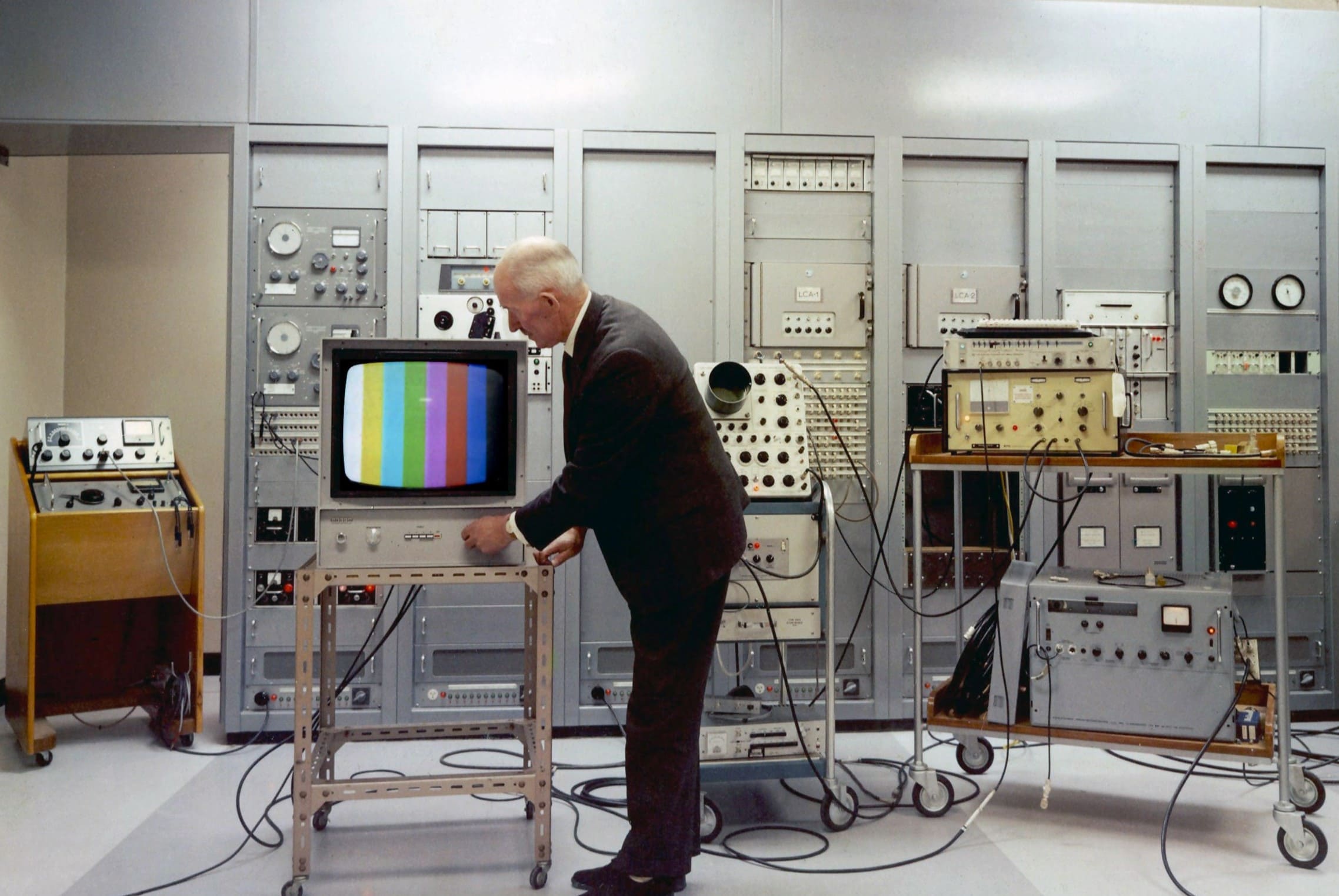
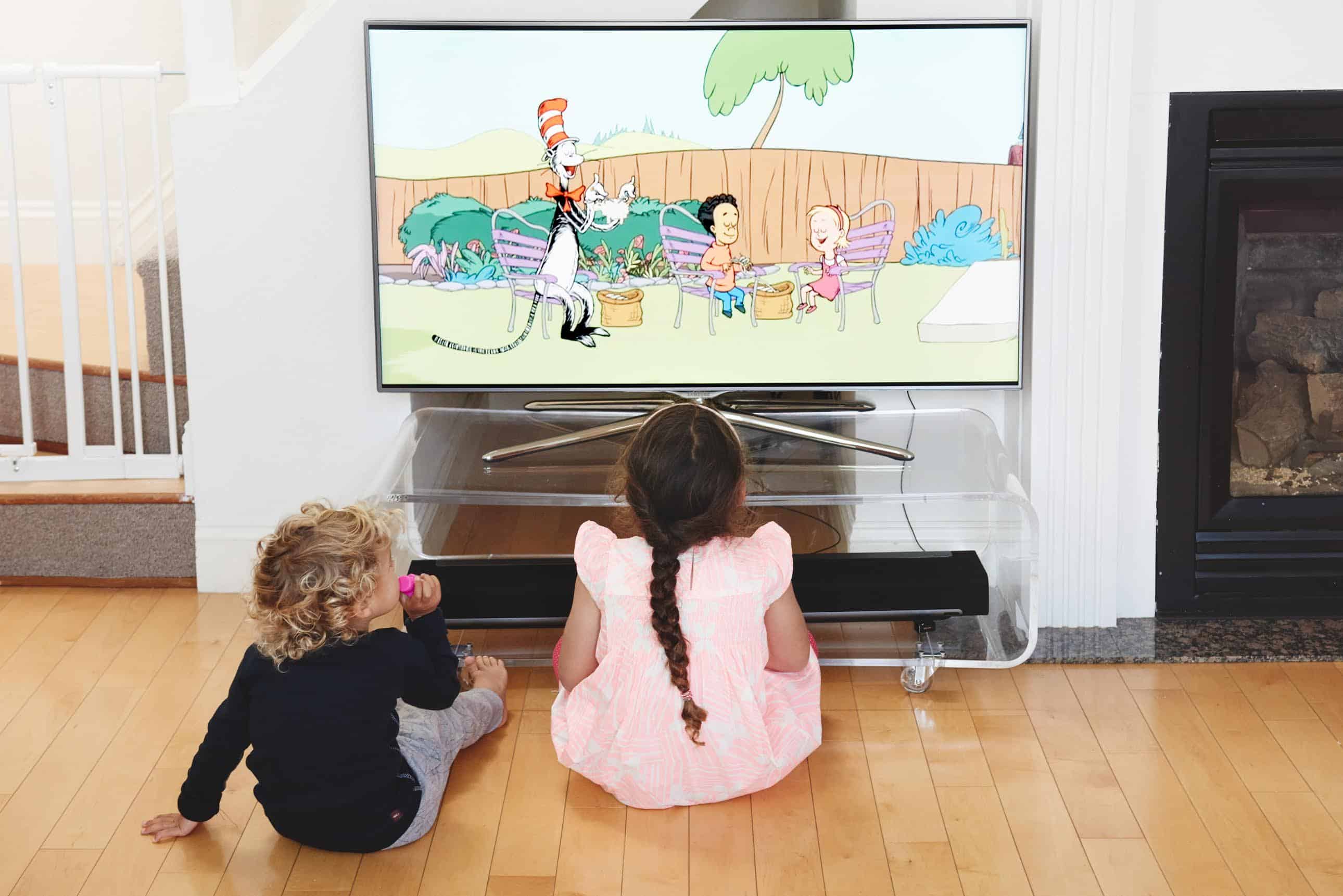




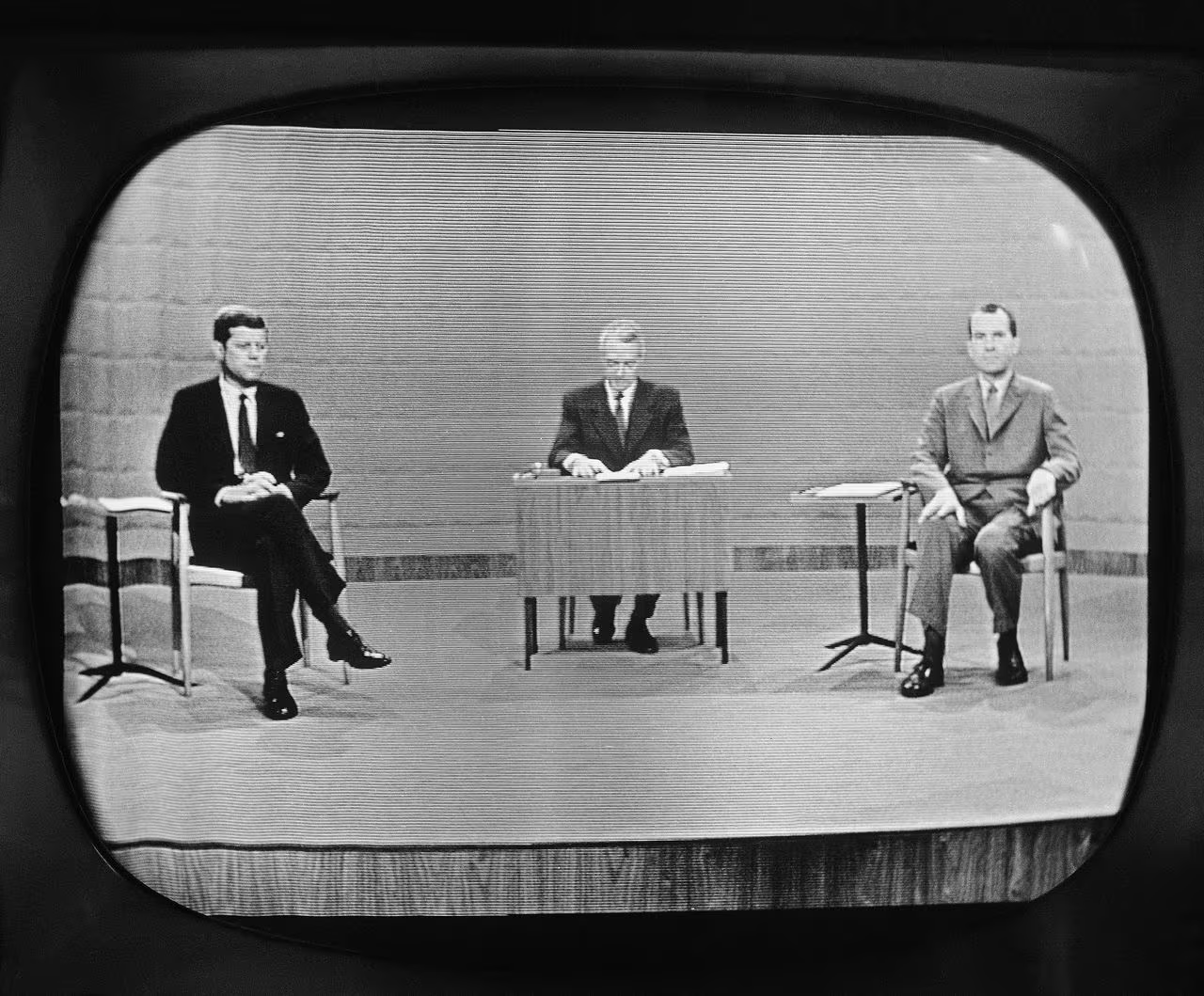
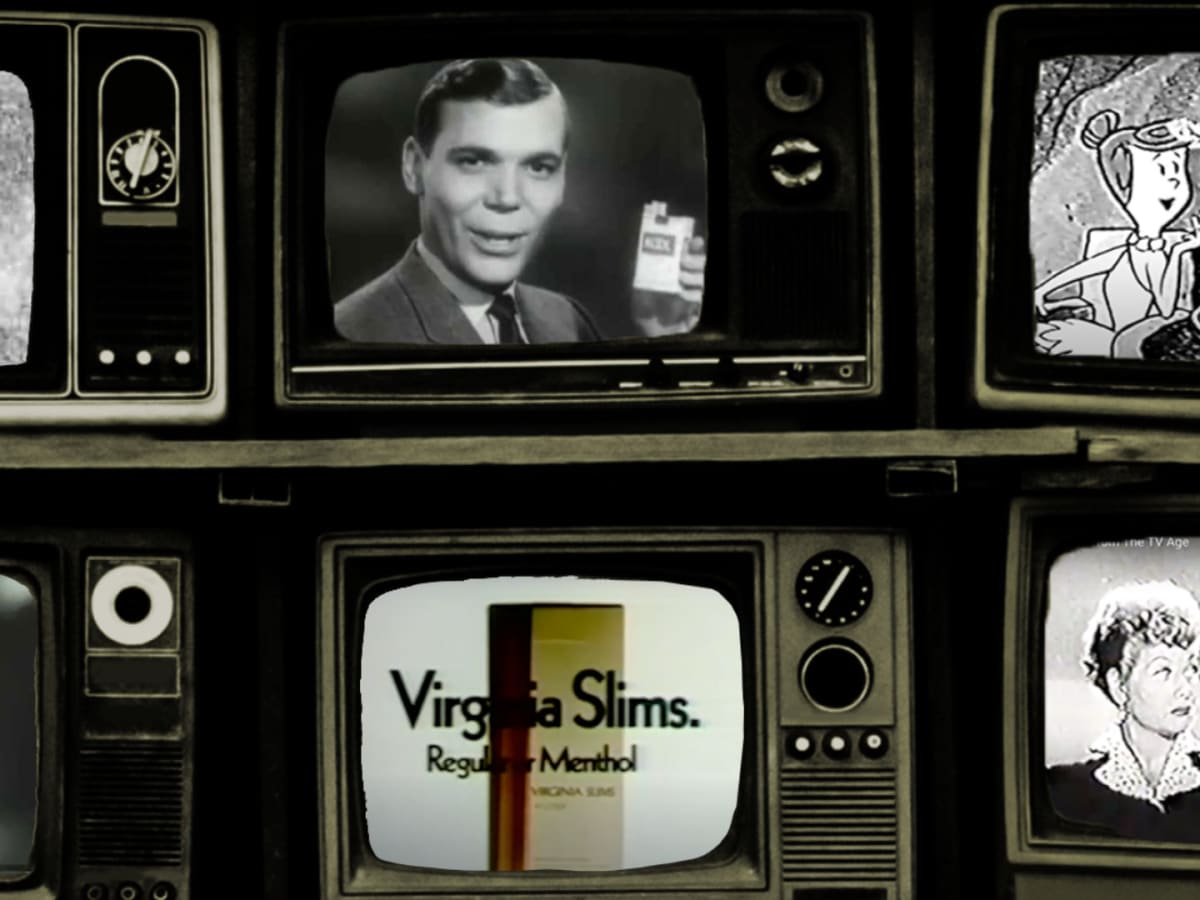


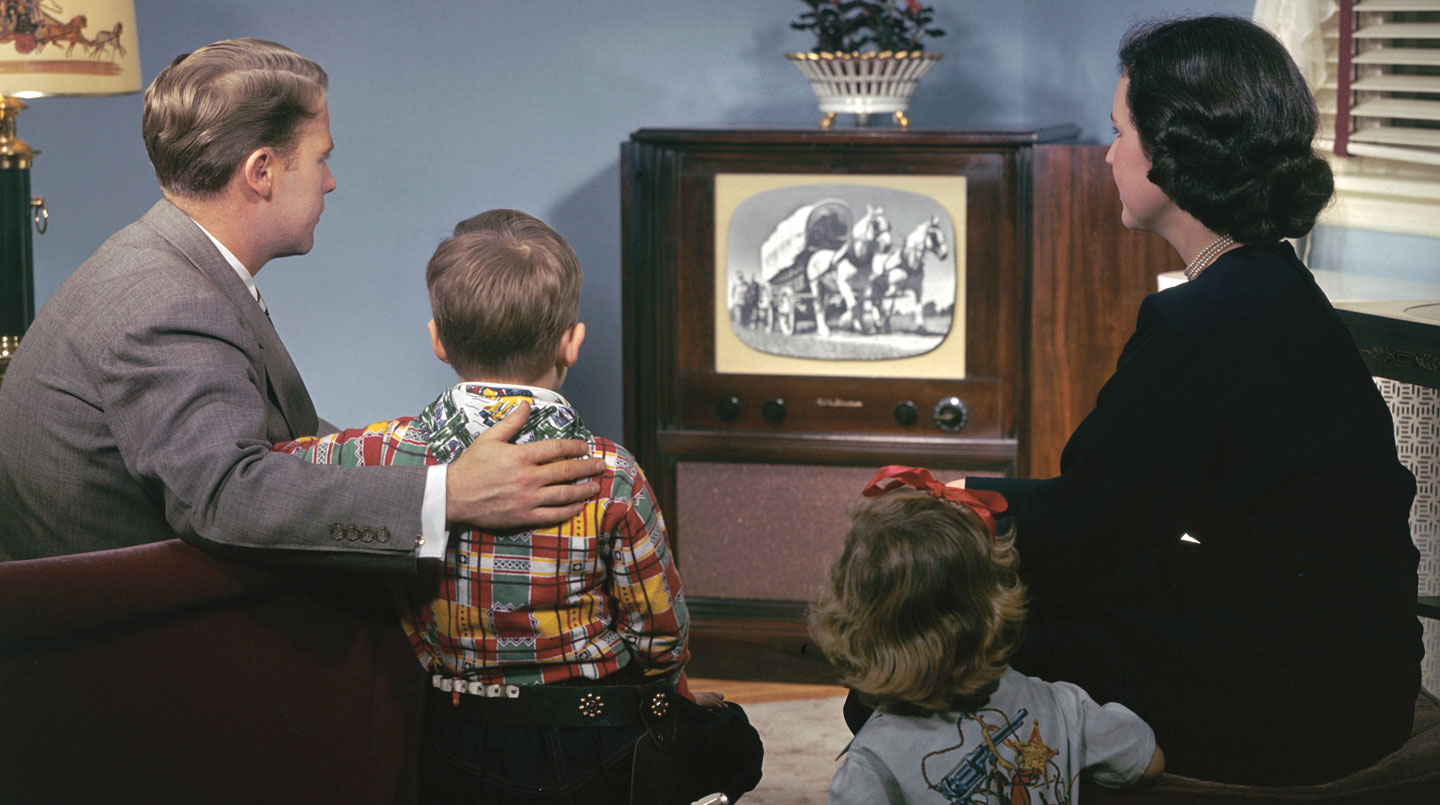
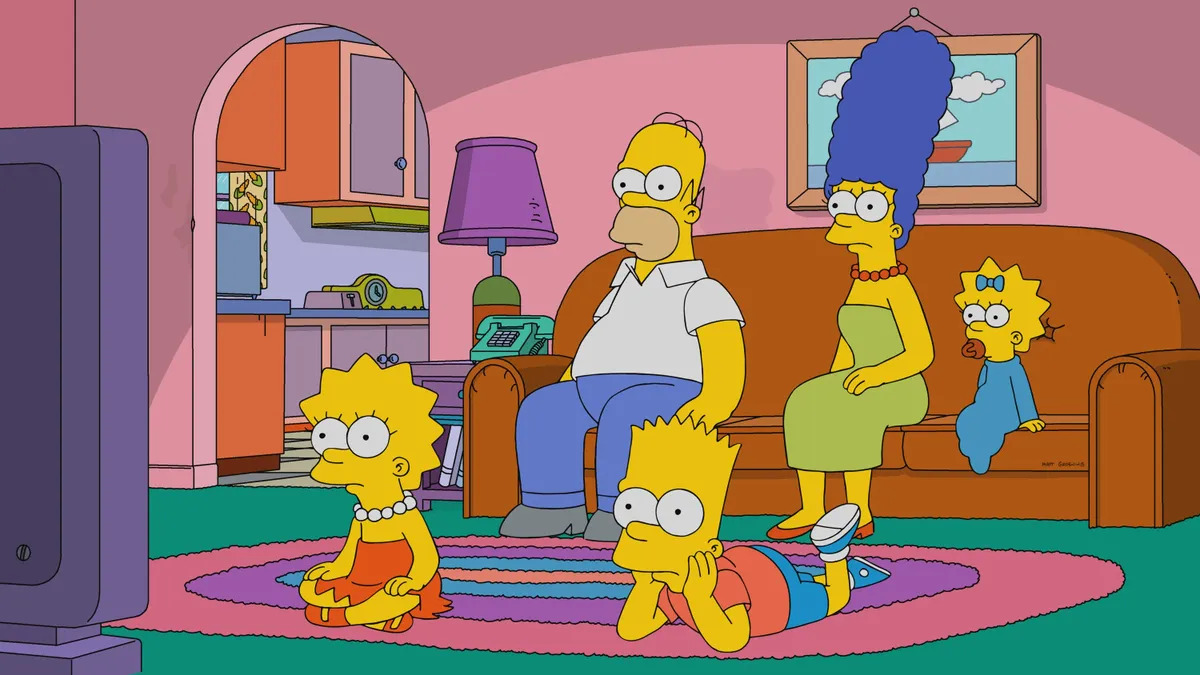

0 thoughts on “How Did John Logie Baird Invent The Television”